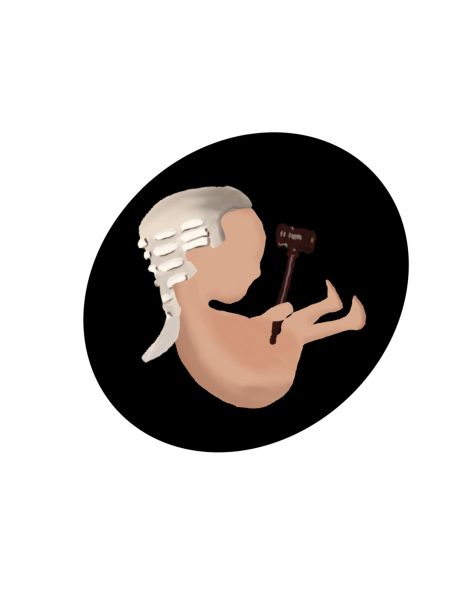Why gender dysphoria should be considered a medical condition
September 20, 2022
*This article contains references to an outdated study that might contain offensive content. A counterpoint referencing an updated study is available here*
Why is feeling trapped inside the wrong body not widely considered a medical condition? Approximately 1.6 million people in the United States feel their biological sex does not match their gender identity. While the acceptance of the transgender population in our society has increased, there is still controversy around whether or not gender dysphoria is a medical condition in need of treatment.
There are several regions of the brain that differ between men and women. While it may not be as simple as a brain scan uncovering if you are transgender, it is proven that people experiencing body dysphoria have similar brain structures to the gender they identify with. For example, the central subdivision of the bed nucleus of the stria terminalis (BSTc), which is larger and contains more neurons in men than women, is largely considered in the study of transgenderism. In male-to-female transgenders, the BSTc was similar in size to control women, whereas, in female-to-male transgenders, it was similar in size to control males. Also, some studies show how the hypothalamus of teens experiencing gender dysphoria reacts to pheromones as their identified gender.
Science aside, an increased number of people under 18 are requesting treatment for gender dysphoria. And an alarming amount of therapists immediately affirm the child’s self-diagnosis, forgo the psychological assessment and recommend medical procedures. The standards of care, created by The World Professional Association for Transgender Health, recommend mental health support and comprehensive assessments for all dysphoric youth before initiating medical interventions, such as puberty blockers or hormones. These comprehensive assessments are a vital part of transitions as it helps teenagers understand their developing identity and reflect on gender and sexual orientation. Patients also learn about the influence of social media and the impact that transitioning could have on family dynamics and social relationships. When dealing with younger people, an interdisciplinary approach is required; medical doctors rely on mental health specialists for direction. Skipping straight to medical interventions can harm the people we are supposed to support by rushing them into gender transitions they are not prepared for.
For those who are ready and eager for their transition, a growing number of states including Texas, are beginning to ban transgender people from using Medicaid to help pay for gender-affirming care. In nine states, low-income members of the transgender community must now find another way to pay for often-prescribed medications and surgeries for those diagnosed with gender dysphoria because transition care was not determined a medical necessity. So people can use Medicaid when paying to adjust their eyesight and hearing, but not when adjusting their body to match their identity.
Though we are still continuing to learn and explore transgenderism, that does not dismiss the severity of the situation. Gender dysphoria is a serious condition that requires medical professionals to take their time to understand the patients and their needs rather than hastily prescribing life-altering procedures and medications. Despite our differences, the one thing we all wish for is to unapologetically express who we are. The inability to do so and feel at home in your own skin because of gender dysphoria seems just as much a medical condition as any other.












